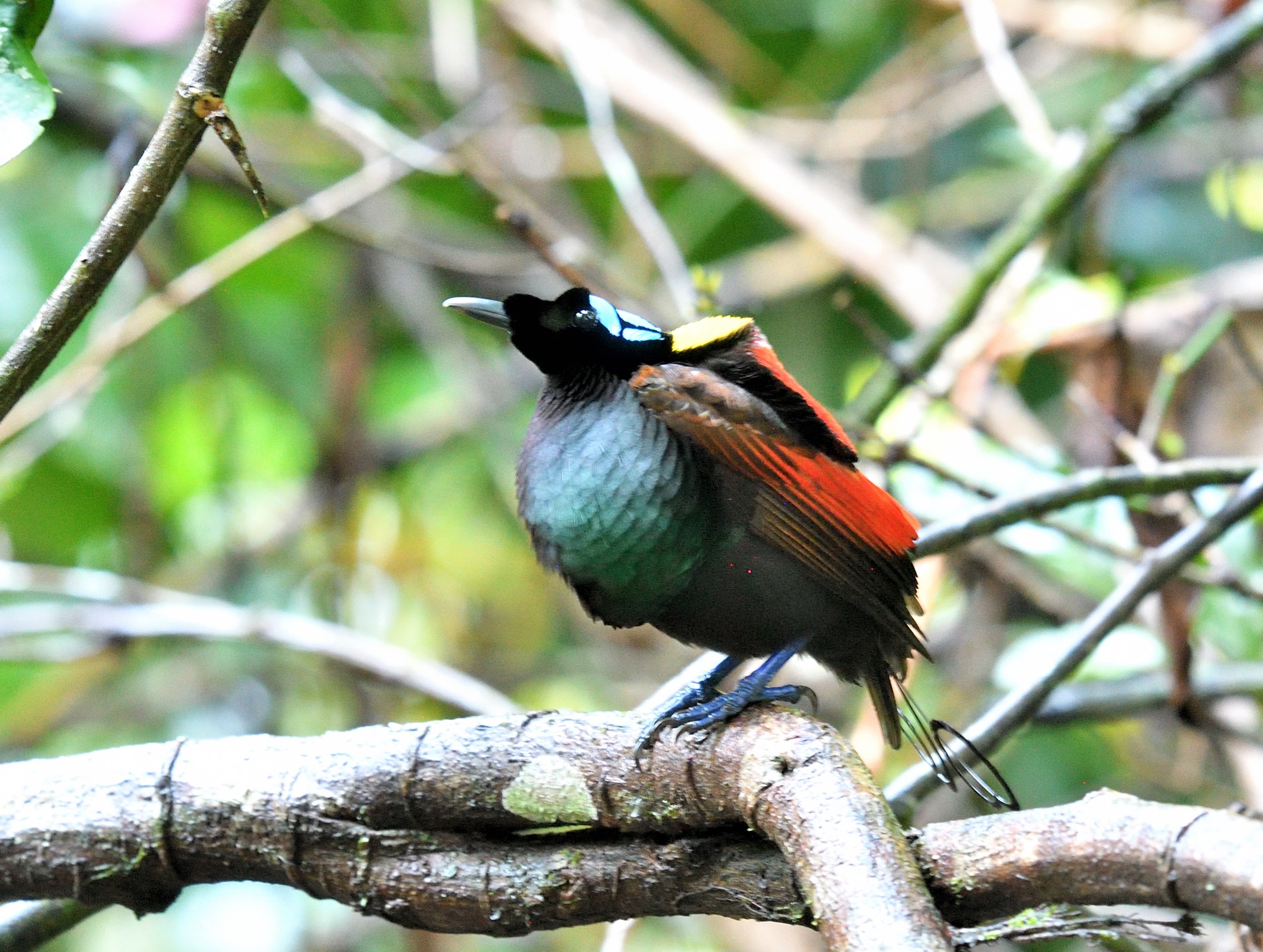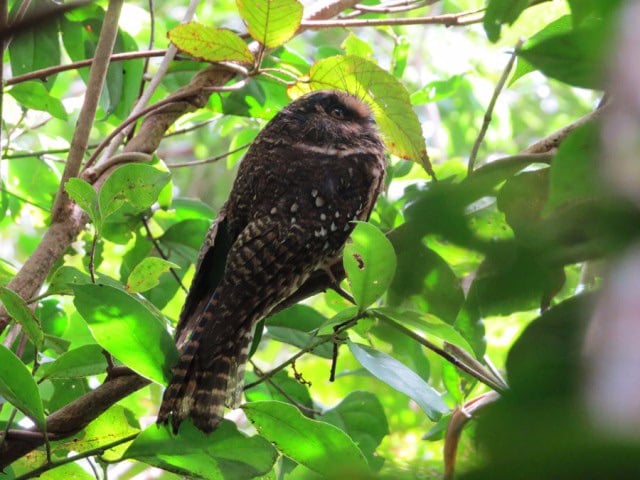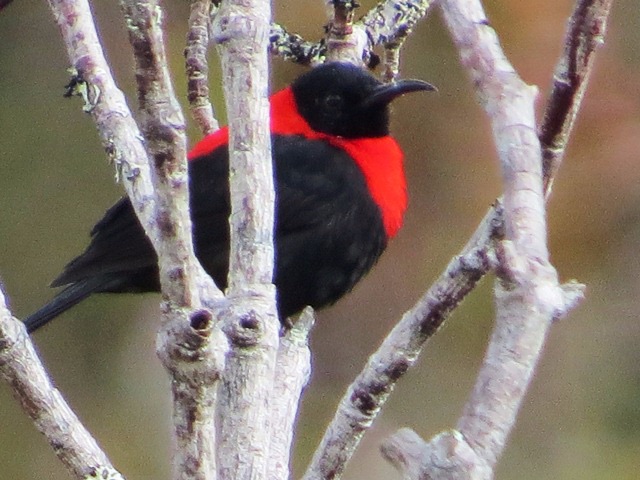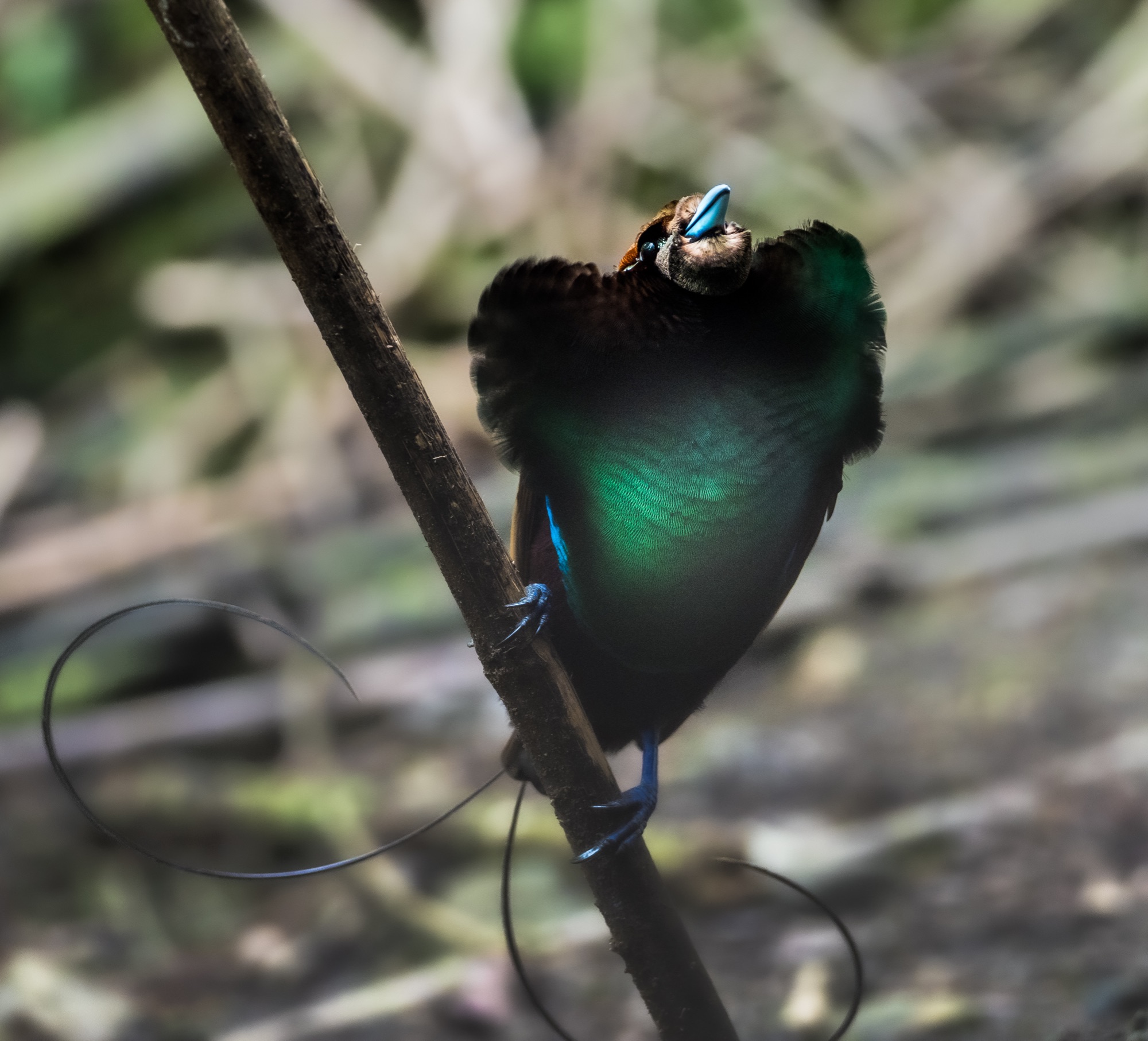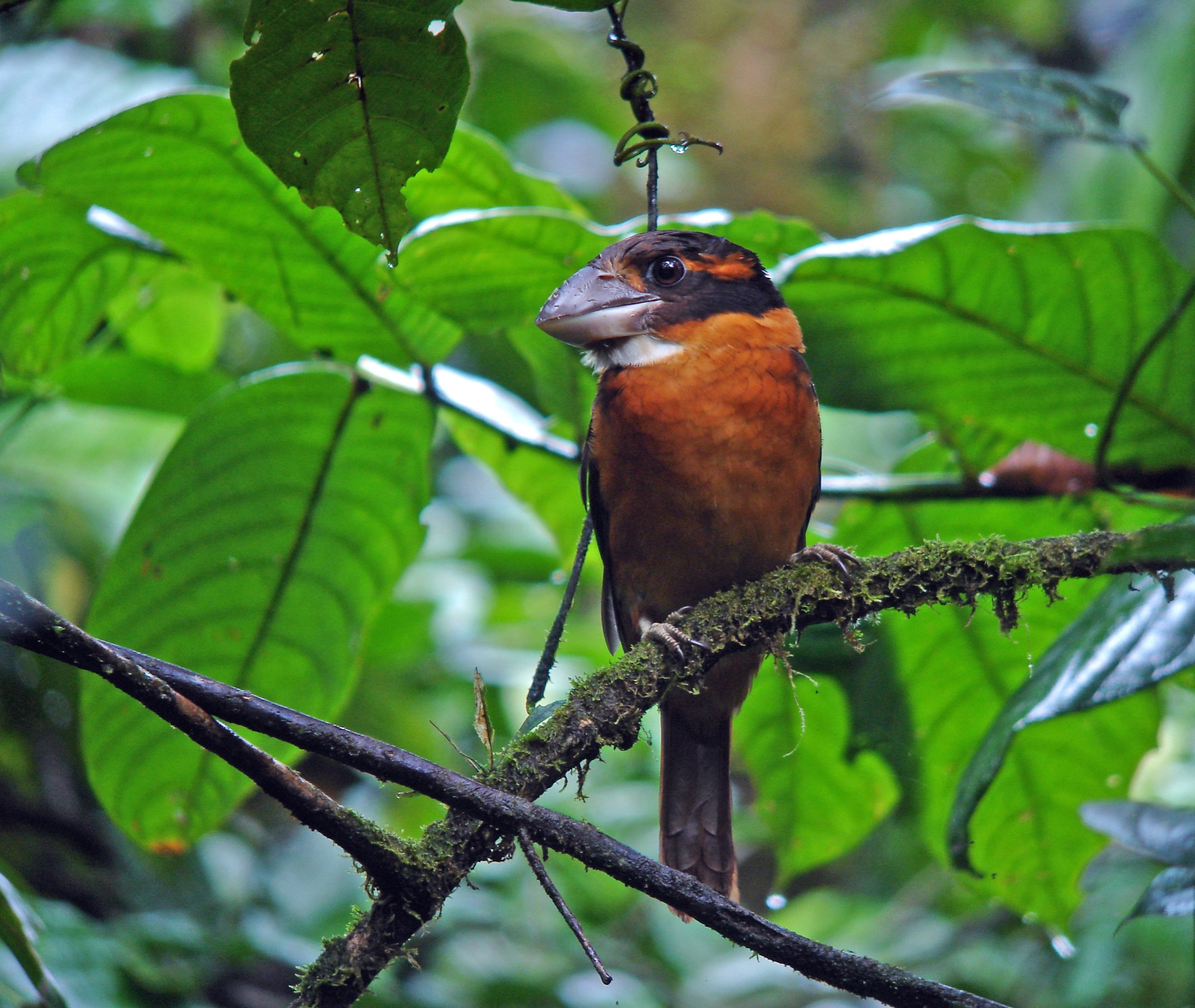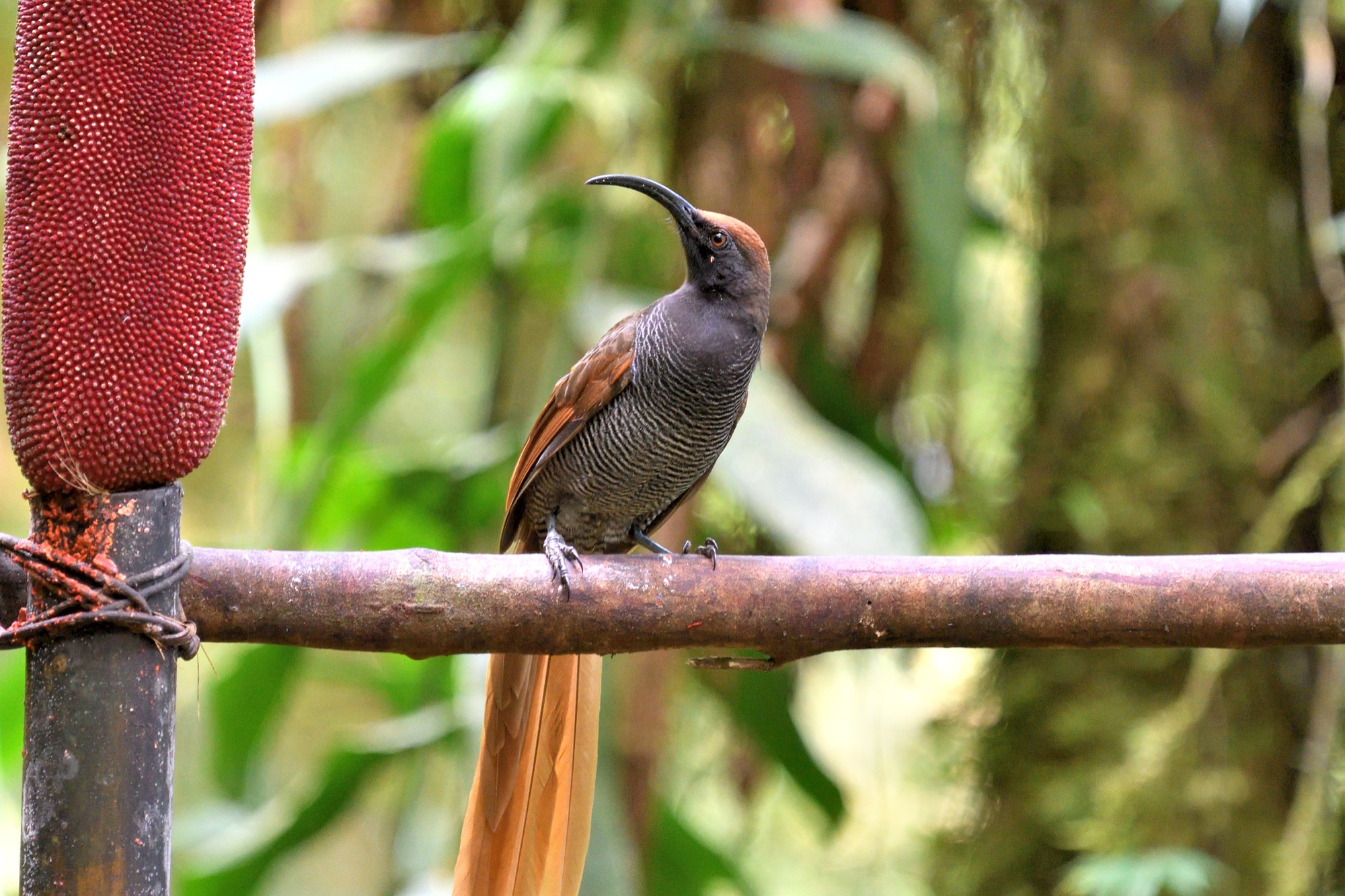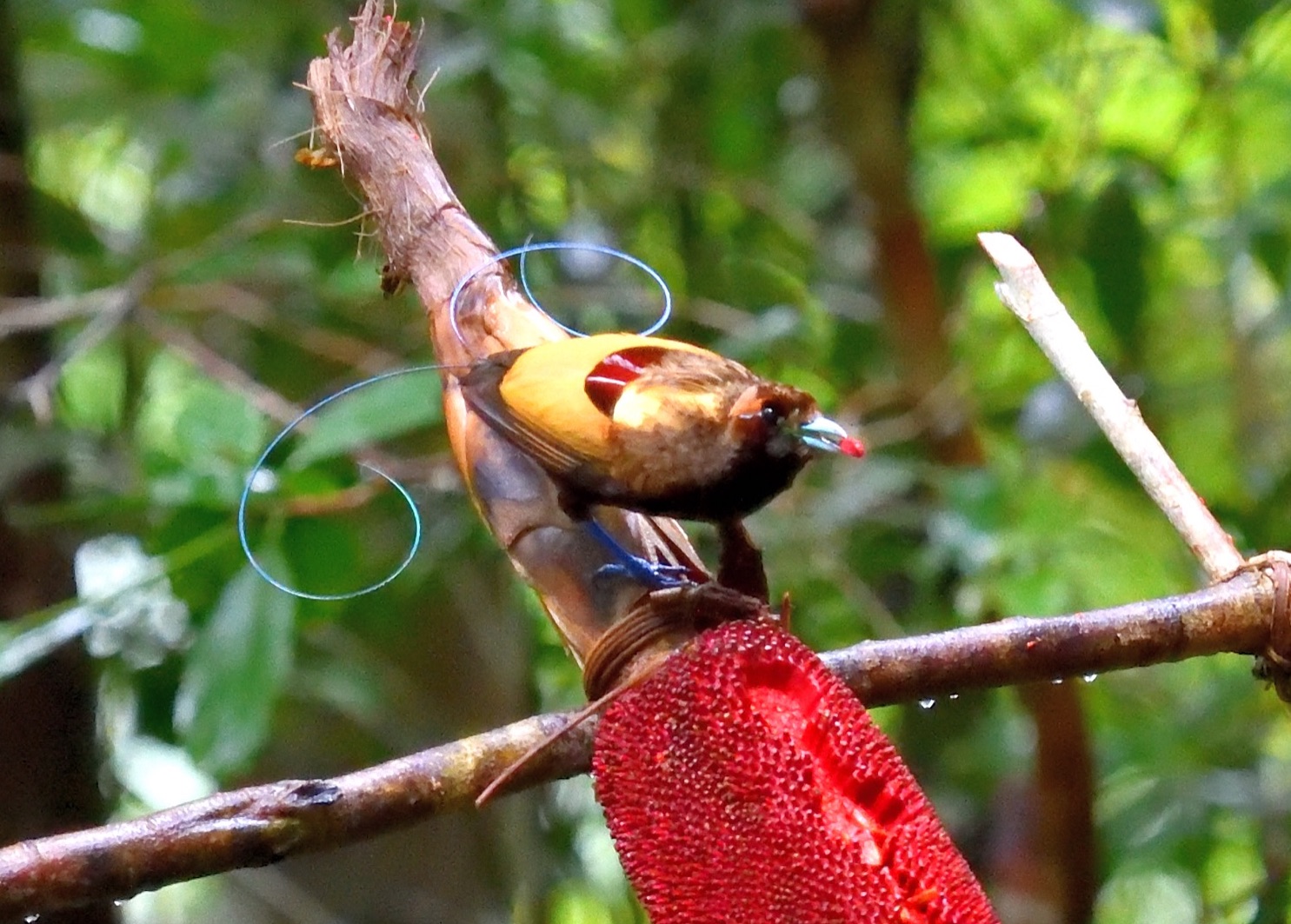WEST PAPUA - THE BIRDING ADVENTURE OF A LIFETIME
Day 1 Arrival in Jayapura, West Papua 23rd October 2024
Plan on arriving today around 7am into Sentani International Airport (Airport Code DJJ) at Jayapura where you will be met and transferred to Nimbokrang, West Papua for an overnight stay. Please note that flights may well depart from the UK/Europe the day before. Thee are several flights from Jakarta (CGK) to Jayapuara usually departing either just before or just after midnight. We will do our first birding at the Sentani grasslands, located just outside Jayapura to look for species such as Pygmy Eagle, Orange-fronted Green-Pigeon, New Guinea Friarbird, Fawn-breasted Bowerbird, Grand, Hooded and Chestnut-breasted Mannikin, Crimson Finch and a few others. And we plan to arrive at the birding lodge in Nimbokrang in time for lunch, before walking into the nearby forest for our first taste of birding in this exciting area.
Days 2 - 4 Nimbokrang
We will have three full days to explore the lowland forests of Nimbokrang in the shadow of the massive Cyclops Mountains. As the main focus of our tour is to see Birds-of-Paradise we will initially concentrate our efforts on seeing the amazing Twelve-wired Bird-of-Paradise and King Bird-of-Paradise, both of which have display sites nearby. It is also possible to see both Lesser and Magnificent Birds-of-Paradise, Magnificent Riflebird, Glossy-mantled, Crinkle-collared and Jobi Manucodes as well. Another BOP we will try and locate is the noisy Pale-billed Sicklebill and this species can be seen at most of the locations we visit around Nimbokrang, but they are quite hard to actually see well. With their Mohawk appearance and strange calls they are great characters and we will try hard to spot one as it climbs tree trunks inside the forest probing for insects and they rarely come out into the open canopy.
Amongst an amazing list of potential species to find we hope to see such great birds as Blue-black Kingfisher, the rare Shovel-billed Kingfisher, Rufous-bellied Kookaburra, Pesquet’s Parrot, Salvadori's Fig-Parrot, Buff-faced Pygmy Parrot, Rainbow Lorikeet, Western Black-capped and Brown Lories, Red-flanked Lorikeet, Sulphur-crested Cockatoo, Palm Cockatoo, Victoria Crowned Pigeon, Lowland Peltops, Spotted and White-eared Catbirds, Lowland Peltops, Blue Jewel-Babbler, Rufous/Papuan Babbler, Yellow-faced Myna, Brown-headed Crow, Crimson Finch, Hooded Mannikin, Streak-headed Mannikin and even Brown-collared Brush-Turkey if we are very lucky.
There are many other birds in these mountains and they include Rufous Night-Heron, Long-tailed Buzzard, Grey-headed Goshawk, Papuan Nightjar, Wompoo, Coroneted, Pink-spotted and Beautiful Fruit-Doves, Stephan’s Ground-Dove, Pinon’s and Zoe’s Imperial-Pigeons, Double-eyed Fig-Parrot, Red-cheeked Parrot, Oriental Hobby, Shining and Gould’s Bronze-Cuckoos, Lesser Black and Greater Black Coucals, White-crowned and Dwarf Koels, Blyth’s Hornbill, Moustached Treeswift, Rufous-bellied Kookaburra, Hook-billed Kingfisher, Papuan Spine-tailed Swift, Rufous-collared and Spot-winged Monarchs, Boyer’s, Black and Grey-headed Cuckoo-Shrikes, Golden Cuckoo-Shrike, Rufous Babbler, Emperor Fairy-wren, Rusty Mouse-Warbler, Large-billed Gerygones, Sooty and White-bellied Thicket-Fantails, Northern Fantail, Shining Flycatcher, Yellow-breasted Boatbill, Black-sided Robin, Little Shrike-Thrush, Variable and Rusty Pitohuis, Long-billed, Plain and Streak-headed Honeyeaters, Meyer’s Friarbird, Metallic and Singing Starlings, Black Butcherbird, Jobi Manucode, Brown Oriole, Yellow-faced and Golden Mynas, Grey Crow and possibly Spotted Jewel-Babbler. Night birding could bring us Marbled and Papuan Frogmouths but hopefully our local guide will know of day roosts. Three nights stay at a basic homestay at Nimbokrang.
Day 5 Manokwari
This morning we will transfer to the airport and fly to Manokwari on the west shore of Geelvink Bay and located on the rather romantically named Bird’s Head Peninsula, where we can spend the afternoon birding around beach in a leisurely fashion. Night at a decent hotel in Manokwari.
Day 6 Arfak Mountains
This morning we will head up into the Arfak Mountains in 4-wheel drive vehicles to a conveniently located homestay for a 2-night stay. After lunch we will walk down a narrow track to a hide where it is possible to see Western Parotia displaying from a discretely positioned hide. We may have to wait quite a while for the male to appear and a great deal of patience is required before he comes into the dancing ground arena, calling for some females to join him before we see his extravagant 'ballerina dance'. Not far from this site we hope to see Vogelkop Bowerbird at a display site and there's also a stake-out for displaying Magnificent Bird-of-Paradise nearby as well. Night at homestay.
Day 7 Arfak Mountains
Early this morning we will visit a Vogelkop Superb Bird-of-Paradise display site. There are a number of hides overlooking their display area and if the weather is good then we hope to see these awesome birds and get amazing views. Next up will be a site for Long-tailed Paradigalla, which might mean quite a wait but would be very worthwhile. And we can always return in the afternoon if we need better views of Magnificent Bird-of-Paradise and hopefully find a Lesser Bird-of-Paradise sometime during our stay up here.
Time and weather permitting we should find some of New Guinea's least-known species as well as many more wide-ranging species during the course of our time in these impressive mountains. Species to be looked for include Grey-headed Goshawk, Pesquet’s and Blue-collared Parrots, Moluccan King Parrot, Josephine’s, Yellow-billed, Fairy and Papuan Lorikeets, White-throated Pigeon, Bronze Ground-Dove, Shining Imperial-Pigeon, White-eared Bronze-Cuckoo, Vogelkop Scrub-wren, Cinnamon-browed Melidectes, Masked Bowerbird, Perplexing Scrub-wren, Grey-green Scrub-wren, Goldenface, Garnet, Green-backed, Ashy and White-faced Robins, Black-eared (Arfak) Catbird, Black and Hooded Pitohui, Black and Friendly Fantails, Brown-breasted Gerygone, Rusty Mouse-Warblers, Island Leaf Warbler, Grey Thornbill, Tit Berrypecker, Rufous-naped Bellbird, Rufous-sided and Western Smoky Honeyeaters, Dwarf, Sclater’s and Vogelkop Whistlers, Mountain Meliphaga, Black-winged and Frilled Monarchs, Ornate and Vogelkop Melidectes, Arfak and Mountain Honeyeaters, Red Myzomela, Black-billed Sicklebill, Olive-crowned Flowerpecker and many others. We can always hope to see Long-tailed Paradigalla, a species that has only been seen by a handful of birders. We can also try to see Mountain Owlet-Nightjar and Felline Owlet-Nightjar at their roosting trees, and at night we will try and call in Papuan Boobook. Night at homestay.
Day 8 Arfak Mountains - Manokwari
We can spend most of the day birding this remarkable area, either trying to get better views of displaying BOP’s or birding from the road in an easy fashion for species such as Josephine's Lorikeet, Masked Bowerbird, Variable Pitohui and Black-chinned Robin amongst others. Or even walk a little higher up the mountain to find more new birds. Whatever we decide it’s going to be a great day and after the bumpy drive back down the mountain we will end up at a decent hotel tonight. Night in Manokwari.
Day 9 Manokwari - Sorong
Following a short flight to Sorong we will explore a forest patch near the city. Here we will try for the very shy Blue-black Kingfisher, as well as Red-billed Brush-Turkey, Orange-fronted and Superb Fruit-Doves, Yellow-billed Kingfisher, Red-breasted Paradise-Kingfisher, Black Lory, Black Thicket-Fantail, Papuan Babbler, Little Shrikethrush and Golden Myna amongst others. Night at a good hotel in Sorong.
Day 10 Sorong - Waigeo
We can spend the morning birding again in the nearby forest before catching the afternoon ferry to Waisai on Waigeo island. From the ferry we could see Lesser Frigatebird, Greater Crested, Roseate and Black-naped Terns amongst others. Three nights stay at a comfortable resort on Waigeo.
Days 11 - 12 Waigeo
The seldom visited island of Waigeo is the best place to see the absolutely stunning Wilson's Bird-of-Paradise, one of the most beautiful birds in the world at their display grounds. We will watch the bird from a hide overlooking the display grounds where we will have good chances to enjoy a male in full action calling and displaying vigorously to any females that enter his arena. Around this productive area we can find good birds such as Black-sided Robin, Raja Ampat Pitohui, and the shy Western Crowned Pigeon. Another main target here is Red Bird-of-Paradise, and if our luck is in we may see around ten or more males in their tree-top arena calling for the females and be able to watch at leisure their fascinating display.
Other species here include Dusky Megapode, White-headed Shelduck, Pygmy Eagle (split from Little Eagle), Pheasant Pigeon, Wompoo, Beautiful and Dwarf Fruit-Doves, Stephan’s Emerald Dove, Papuan Boobook, Purple-tailed Imperial-Pigeon, Palm Cockatoo, Yellow-capped Pygmy-Parrot, Great-billed and Eclectus Parrots, Chestnut-breasted Cuckoo, Common Paradise-Kingfisher, Rufous-bellied Kookaburra, Moustached Treeswift, New Guinea Friarbird, Papuan Pitta, Pale-billed Scrub-Wren, Green-backed Gerygone, Frilled Monarch, Glossy-mantled Manucode, Grey Whistler, Dwarf and Yellow-bellied Longbills, Puff-backed Meliphaga, Papuan Black Myzomela, Brown-headed Crow and Tawny-breasted Honeyeater. Nights at a comfortable resort in Waigeo.
Day 13 Waigeo - Sorong
After a final morning birding on Waigeo we return by boat to Sorong for an overnight stay.
Day 14 End of Tour - 5th November
Transfer to Sorong/Domine Eduard Osok Airport (Airport Code SOQ) for our flights back to the UK and conclusion of our West Papua adventure. Most people depart on either the 8.15am or 10;45am direct flight back to Jakarta with Garuda Airlines.
Mountain Owlet-Nightjar, Red-collared Myzomela, copyright Royke Mananta
Western Crowned Pigeon copyright Jeff Cooper

